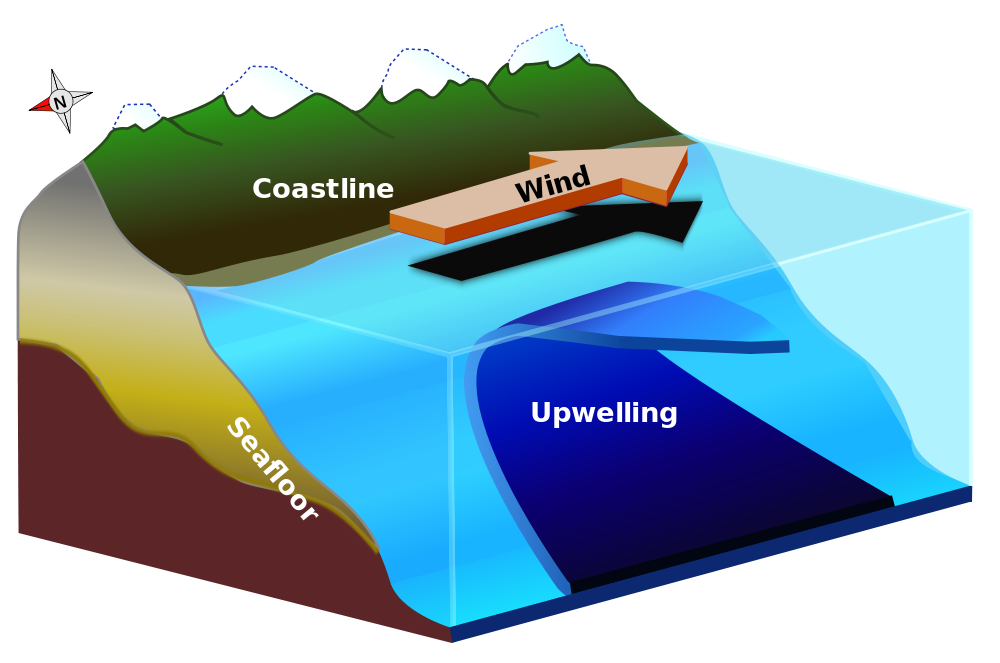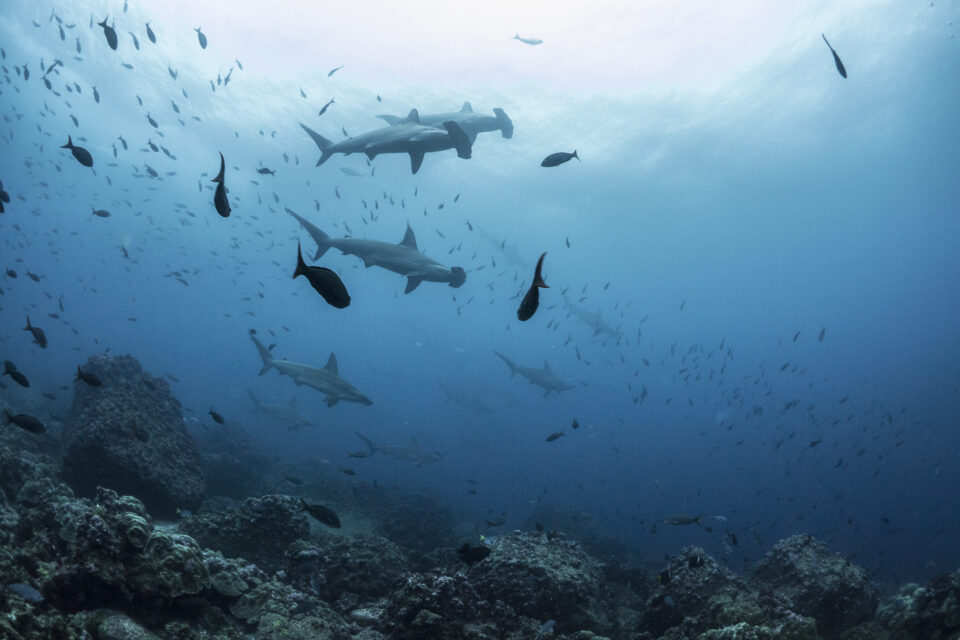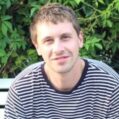

Whale sharks using thermal gradients to find food sources
In spite of being the world’s largest extant fish species and occurring in all warm, temperate seas (apart from the Mediterranean), we know relatively little about this gentle giant.
Whale sharks are currently listed as ‘endangered’ on the IUCN Red List, with their main threats including fishing pressure and collisions with large vessels. They are seasonally present in the north of the Archipelago, primarily around Darwin and Wolf islands, with the majority of these individuals being mature females, who are often thought to be pregnant. However, this has yet to be proven. GCT has supported the Galapagos Whale Shark Project for several years as the team track the sharks’ migrations to find out more about why the Galapagos Marine Reserve is so important for this species. New research has given some interesting insight into how whale sharks feed and move in the area.

Suspected pregnant whale shark in Galapagos © Simon Pierce
New research: lots of food and the right temperature range = happy whale sharks!
The analysis of the movement of 27 whale sharks throughout the Eastern Tropical Pacific against environmental data suggests they occupy habitats within ‘thermo-biological frontal systems’. Within these systems there are thermal gradients, which arise from wind-forced circulation and mixing of the ocean layers, and biological gradients that result from the associated nutrient enrichment and enhanced primary productivity.
In total there are three frontal systems that affect the movements of whale sharks in Galapagos. Two of the systems impacting whale shark movements are caused by upwelling (an oceanic process where strong winds and the rotation of the Earth causes warmer surface water to move offshore and allows the cold, nutrient rich water to rush up). The third is a result of wind jet dynamics from Central America.

Diagram of upwelling
The data suggests that the whale sharks are spending the majority of their time between these two mixing bodies of water, as they provide a perfect balance between food provision and adequate sea temperatures for foraging activities. The reasons for this are twofold; firstly, the nutrient rich waters provide the ideal growing conditions for zooplankton, the primary food source of whale sharks. Secondly, the cold, nutrient rich waters have been warmed by the downward moving, upper layers of the sea, meaning energy requirements for temperature regulation of the whale sharks is lowered. This is very exciting research, as developing a greater understanding of whale sharks’ movements and behaviours can help inform future conservation strategies for this enigmatic species.


Sharks: Our ocean’s superheroes, not villains

Tagging a new constellation of whale sharks


